By Dorothy Halverson
Children learn at amazing rates, and parents are their children’s prime educators during their first three years. Infants are actively learning from the time they arrive – and even before! They learn by what they see, feel, and hear. During their first year, infants spend most of their wakening time learning about their environment visually. They seem to see best, objects that are eight to twelve inches from their eyes. They enjoy bright colors, intricate patterns, and they love to look at faces. Knowing this, your baby’s favorite activity, when not eating or sleeping, will be looking at you and hearing you talk to him.
Your baby may also enjoy looking at or listening to a musical mobile hanging above his head. Choose mobiles that face down for your baby to see. Younger babies usually prefer black and white patterns. Some mobiles are black and white on one side and then can be flipped to offer a more colorful side. Your baby may also enjoy a baby mirror or bumper pictures for his crib.
If you have given your baby objects that he can bat, he will start grasping at them. When your baby is able to grasp objects, he begins to learn concepts about size, shape, color, and texture. Floor gyms with dangling toys will be interesting to touch, grasp, and manipulate. As your baby touches, smells, tastes, and listens to everything he can reach, he learns that his actions can make other things happen. For example, kicking his feet on the crib mattress makes a mobile wiggle; crying makes mommy or daddy come; and dropping something makes a sound. Your baby will make hundreds of exciting discoveries!
During the second year, children usually learn that when something disappears, it is not necessarily gone forever. This developing concept makes “peek-a-boo” an exciting and important game to play with your baby. Playing “peek-a-boo” helps babies to develop object permanence which is a fundamental part of early life learning. Object permanence means that the baby begins to understand that objects continue to exist, even when they cannot directly be seen, heard, or touched. The majority of babies develop this concept between 6 months and a year old.
Provide your baby with many objects (a few at a time, though) to play with and explore. Household items are ideal. When your baby has had ample time to look at and explore the many objects, he begins to put things together and take them apart. Babies love to put things in a container, fit one container inside another, and stack things. You’ll find that your child learns by exploring all the possibilities of an item.
Usually around two years of age, your child will begin to use toys in different ways. He is becoming more inventive, imitative, and imaginative. Give your child tasks that are simple enough to master, yet helping him to expand his abilities. For example, offer simple puzzles at first; then later you can give him more complex ones to do. Simple shape sorters can also be introduced. Give your child one shape at a time and turn the appropriate hole toward him.
Allowing your child to dress himself is another way he learns. He first learns to help by pushing out his arms and legs. Then he helps pull off a sock. He might help pull on a sock that you have started for him. He can pull pants up and down long before he can master a shirt.
As children gain satisfaction in mastering each skill, they become eager to try progressively more difficult tasks. This is when children need the freedom to make mistakes. Mrs. Morgan states, “A true educator is not afraid to let his pupils make mistakes, if he can, through those mistakes, lead thought on to higher ground.” (Education at the Principia, p.43). Sometimes it is difficult to let your child find out something for himself. We often do children’s thinking for them. But when a child makes his own discoveries, learning is more meaningful. Our aim should be to help children learn how to think. As you observe and listen to your child, watching him develop these concepts, you will be able to give him just the right help at the right time, and you will enjoy him completely!
Principia School Acorn Program
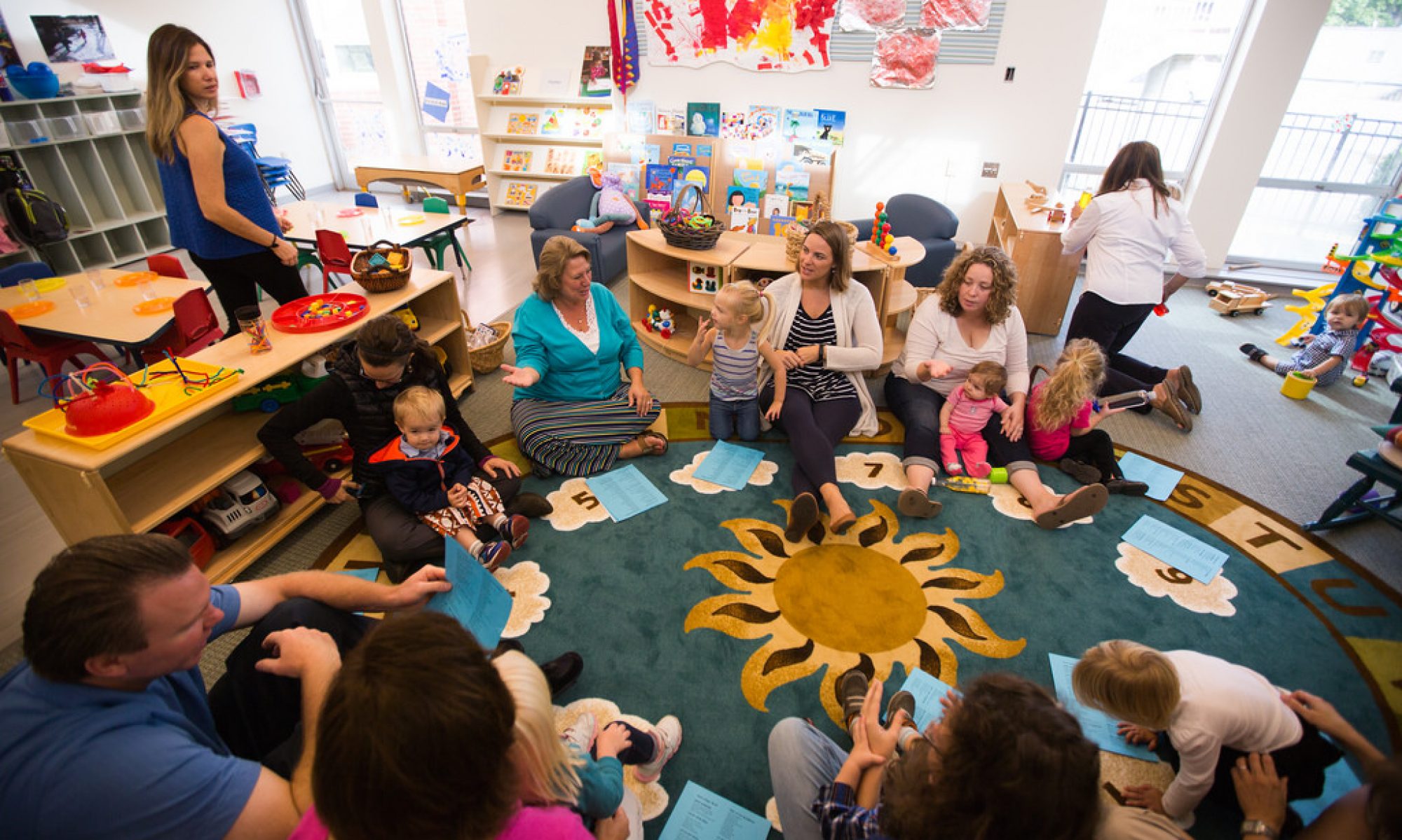
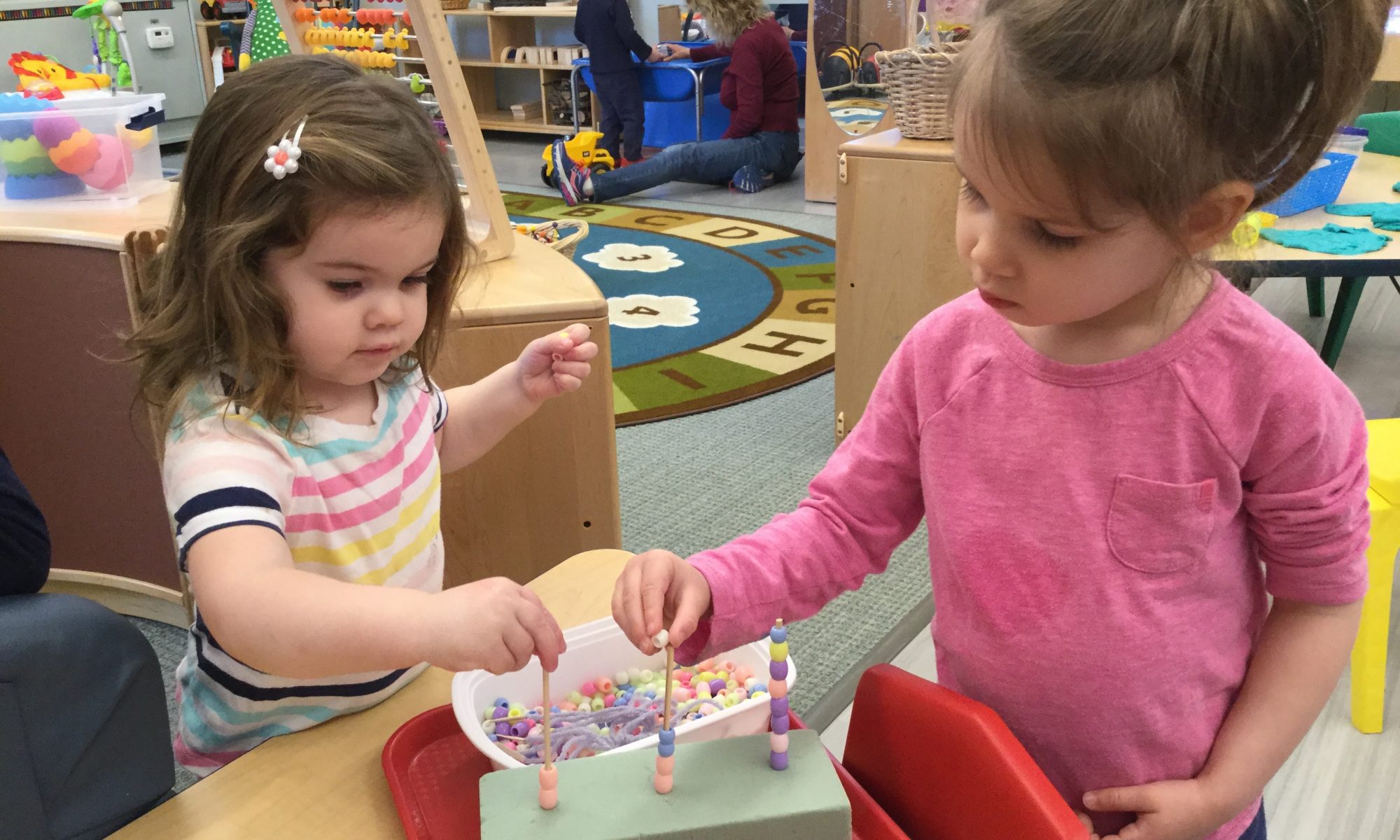
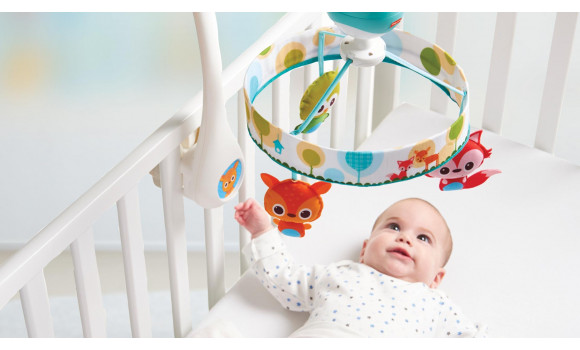

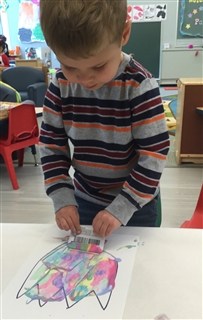
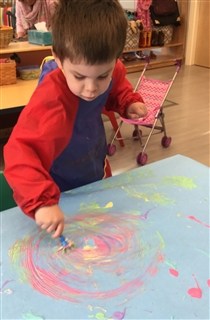
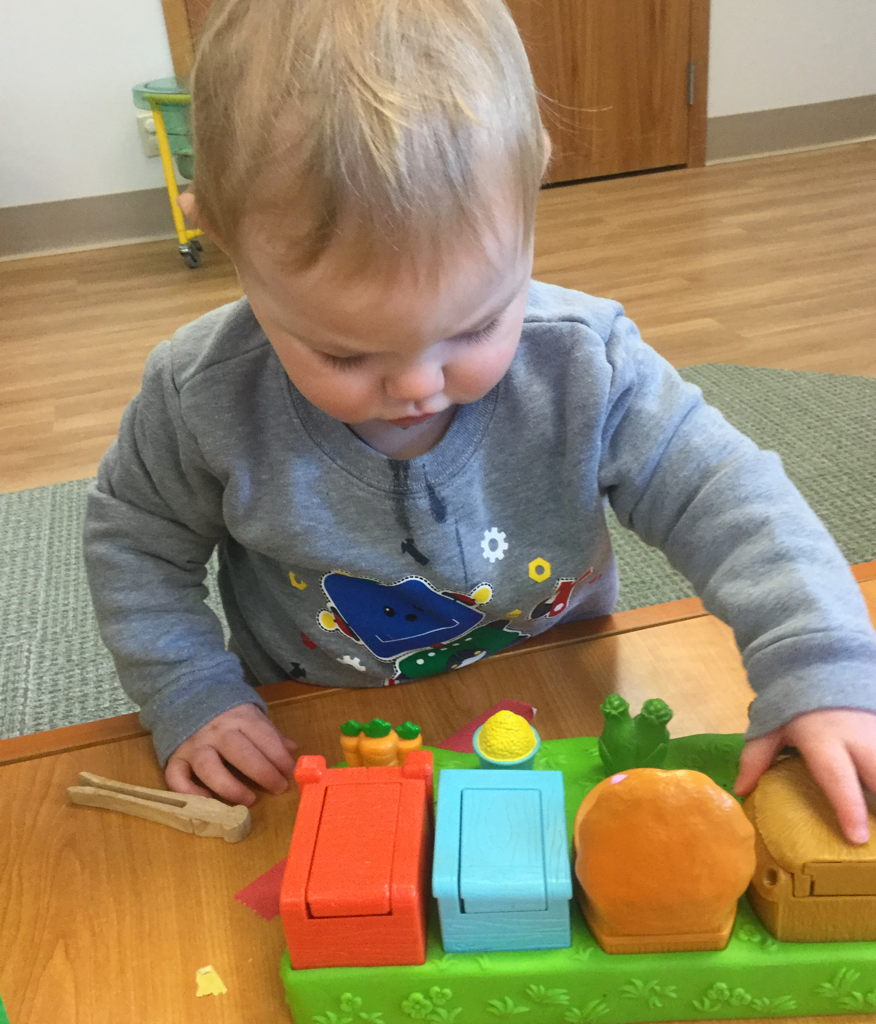
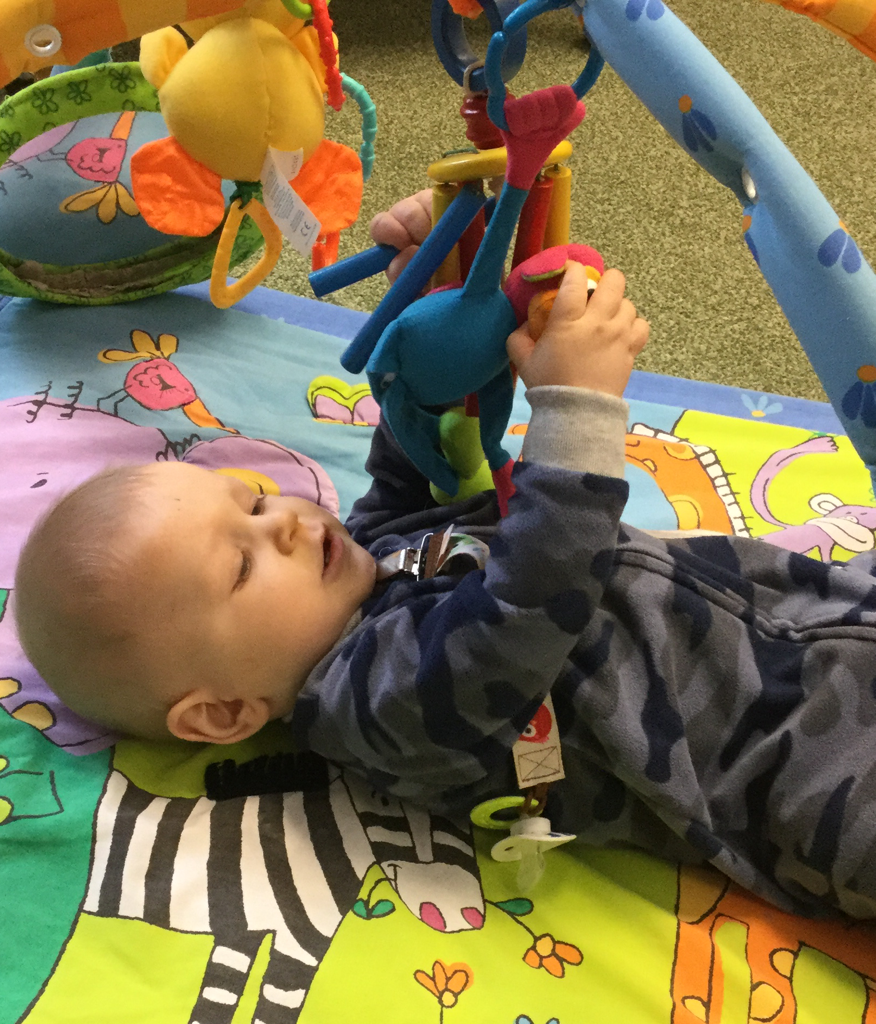
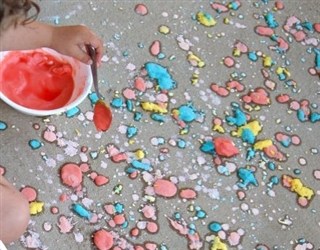
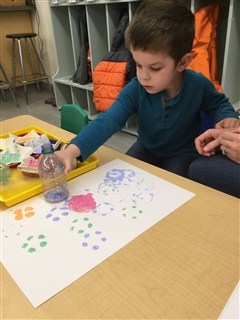
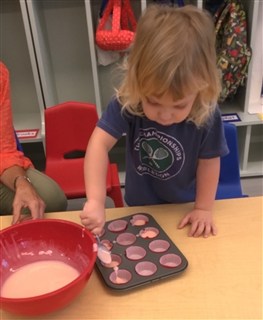
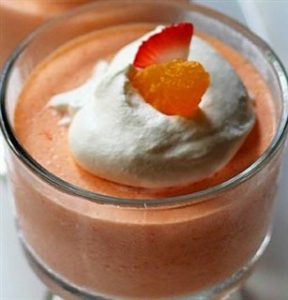 Place reserved mandarin orange juice in a 2-cup measuring cup. Add water to fill to the 2-cup line. Heat water/juice to boiling. Remove from heat and stir in gelatin powder, stirring until dissolved. Move mixture to a large measuring cup or bowl. Add one cup of ice to a 2-cup measuring cup. Add water to the ice to bring the level to the 2-cup mark. Pour ice/water into the gelatin mixture and stir until ice has melted. Place gelatin in the refrigerator until the mixture is partially gelled. It should be firm enough that it won’t spill out of the container, but will not hold its shape well when lifted with a spoon. Use an electric mixer to break up the gelatin mixture until mixture is very loose and no longer holding its shape. Add HALF of the Cool Whip and most of the mandarin oranges (reserve about 8 nice ones for garnish) and beat just enough to blend everything together. Pour into eight dessert dishes and chill until firm. (We poured the mixture into paper-lined muffin tins.) Garnish with a dollop of Cool Whip and a mandarin orange.
Place reserved mandarin orange juice in a 2-cup measuring cup. Add water to fill to the 2-cup line. Heat water/juice to boiling. Remove from heat and stir in gelatin powder, stirring until dissolved. Move mixture to a large measuring cup or bowl. Add one cup of ice to a 2-cup measuring cup. Add water to the ice to bring the level to the 2-cup mark. Pour ice/water into the gelatin mixture and stir until ice has melted. Place gelatin in the refrigerator until the mixture is partially gelled. It should be firm enough that it won’t spill out of the container, but will not hold its shape well when lifted with a spoon. Use an electric mixer to break up the gelatin mixture until mixture is very loose and no longer holding its shape. Add HALF of the Cool Whip and most of the mandarin oranges (reserve about 8 nice ones for garnish) and beat just enough to blend everything together. Pour into eight dessert dishes and chill until firm. (We poured the mixture into paper-lined muffin tins.) Garnish with a dollop of Cool Whip and a mandarin orange.